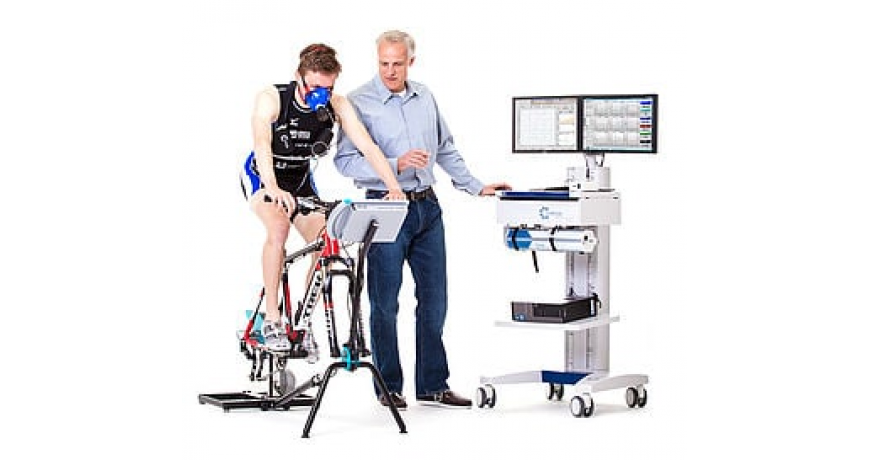Diagnosis of athletes consists of the following procedures:
Assessment of physical level. It is necessary to assess the level of basic physical fitness of the athlete to select the appropriate rhythm and mode of physical activity. After the test, the specialist develops an individual training program for the athlete, under which both the professional and the novice amateur athlete can quickly become in perfect physical shape or recover from an illness or injury.
Anthropometry. In a broad sense, anthropometry is understood as a common method of measuring height and weight. However, in sports diagnostics, the focus is mainly on the ratio of fat and muscle mass, endurance performance of individual muscle groups, and the range of motion of the spine and joints. An interpretation of the data obtained will allow the sports physician to explain the reasons for the lack of growth in the athlete’s performance or the poor health of the amateur.
Studies of hematological factors. The doctor will conduct a detailed analysis of these factors: enzymes, hormones, immunological indicators and everything that helps to understand the body's response to the proposed load.

Evaluation of state functions. Exercises are conducted to assess the functional status of the athlete, which are monitored during training. The combination of indicators - maximal oxygen consumption in tissues, ECG criteria, and ultrasound examination of the heart under stress - is currently only available within sports medicine.
Compatibility performance and exercise endurance. Sport assumes that the human body is in optimal condition, especially the blood vessels, spine and joints. Even simple fitness can hurt some people. In this regard, more attention is being paid to the safety of various types of physical activity for human health. Studies allow us to understand the athlete’s ability to coordinate complex, independent movements of the arms and legs and his ability to solve tasks in optimal motor mode.


 English
English  Русский
Русский O`zbek tili
O`zbek tili
